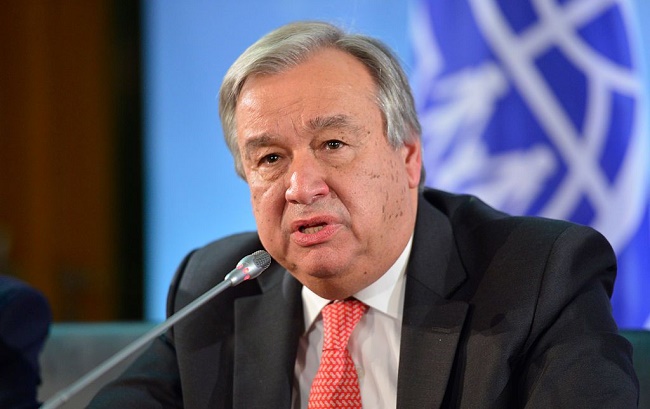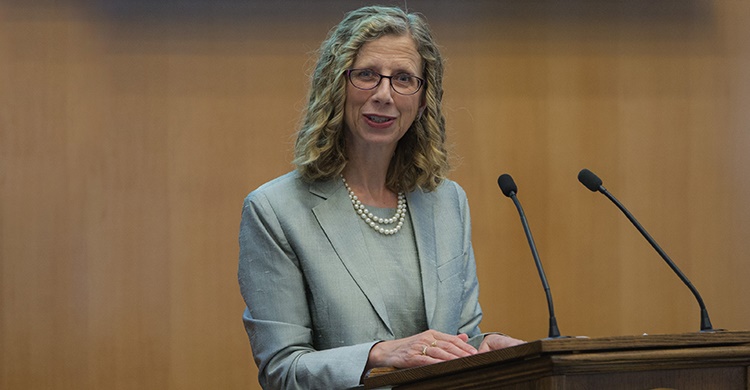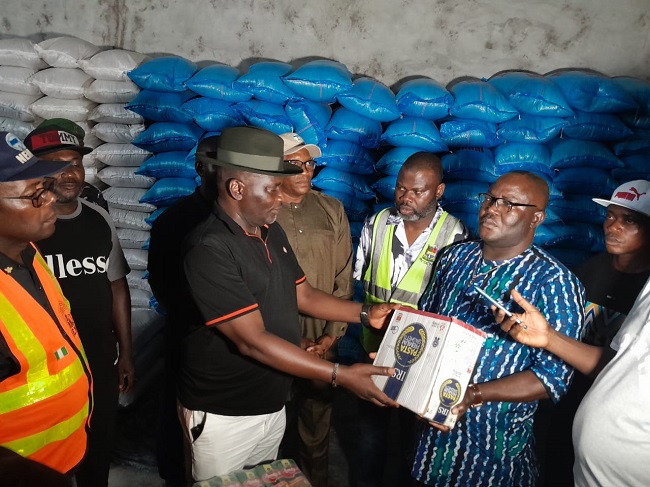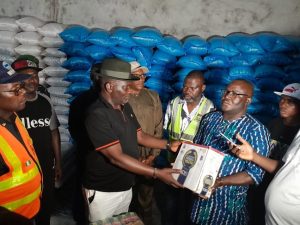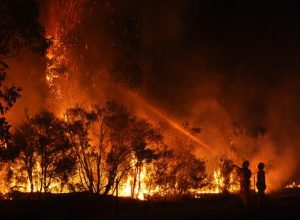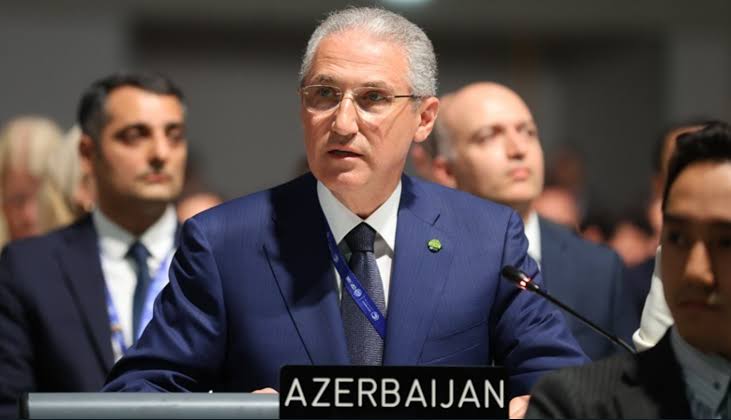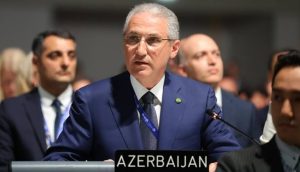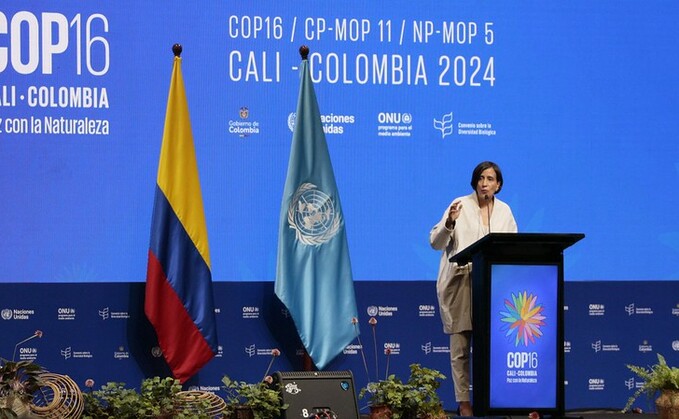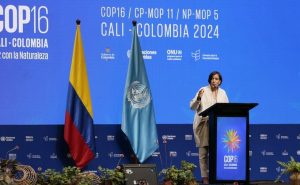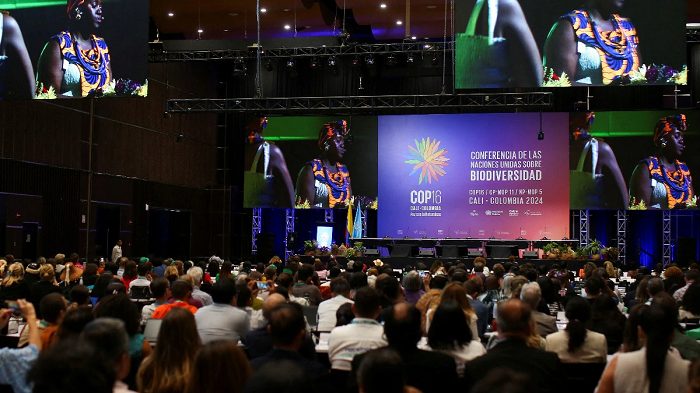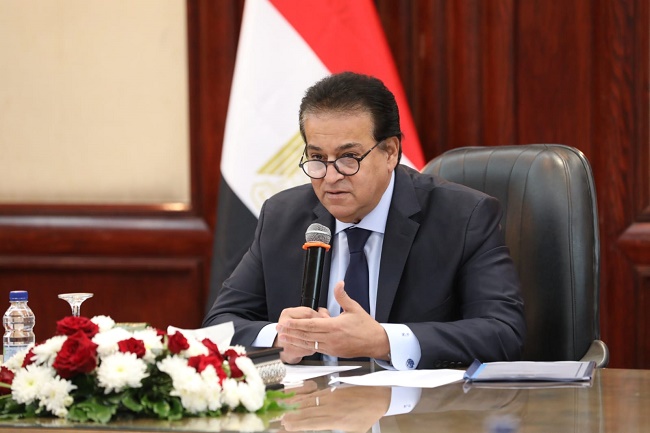The United Nations Environment Programme’s (UNEP) Emissions Gap Report 2024 has delivered a stark reminder that the world is still far from meeting its climate commitments.
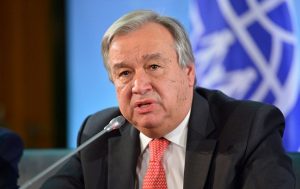
The report, released on Thursday, October 24, highlights the widening gap between climate rhetoric and reality as greenhouse gas (GHG) emissions reach 57.1 gigatons of CO2 equivalent (GtCO₂) in 2023 – a record high that undermines the goal of limiting global warming to 1.5°C.
Addressing a press conference while releasing the report, titled “No More Hot Air …please,” United Nations Secretary-General, António Guterres, issued a warning to the world. With current greenhouse gas emissions at record highs, Guterres said that humanity is “teetering on a planetary tightrope,” with catastrophic consequences looming unless countries act decisively to close the emissions gap.
“Either leaders bridge the emissions gap, or we plunge headlong into climate disaster – with the poorest and most vulnerable suffering the most,” Guterres said during a video address from the report’s launch event in Nairobi.
According to the Emissions Gap Report 2024, global greenhouse gas emissions rose 1.3 percent in 2023 to their highest levels in history. At the current pace, the world is on track for a 3.1°C temperature rise by the end of the century – well above the limits set by the Paris Agreement.
Guterres emphasised that limiting global warming to 1.5°C remains technically feasible, but only if emissions fall by 9 percent annually until 2030. Without swift intervention, the UN chief warned of more frequent and extreme weather events.
“Record emissions mean record sea temperatures, supercharging monster hurricanes; record heat is turning forests into tinderboxes and cities into saunas; record rains are resulting in biblical floods,” he said.
Guterres termed the COP29 summit in Baku, Azerbaijan, as a pivotal moment for global climate policy. The Secretary-General outlined two major areas where urgent progress is essential. One, he said, is National Climate Action Plans (NDCs).
“COP29 starts the clock for countries to deliver new national climate action plans – NDCs – by next year,” Guterres said.
Governments are expected to align these plans with the 1.5°C target by driving down emissions across all sectors and phasing out fossil fuels swiftly and equitably.
Guterres urged countries to commit to reversing deforestation and accelerating the deployment of renewable energy. Another area, according to the Secretary General, that merits immediate concern is climate finance.
Guterres said that the success of the clean energy transition depends heavily on financial support for developing countries, which are already struggling with climate-induced disasters.
“COP29 must agree to a new finance goal that unlocks the trillions of dollars they need and provides confidence it will be delivered,” he said.
The Secretary-General urged significant increases in concessional public financing, along with cutting-edge techniques like levies on fossil fuel extraction. He also urged reforms in multilateral development banks to enhance their role in climate financing.
The Secretary-General emphasised that climate action is not just a matter of environmental responsibility but also of economic foresight. He stressed that the cost of inaction far exceeds the cost of action.
As the largest emitters, G20 nations, responsible for 80 percent of global emissions, must take the lead in closing the emissions gap. Guterres challenged the wealthiest countries to act first. “I urge first-movers to come forward. We need leadership now more than ever,” he said.
Guterres echoed the UNEP report’s urgent message that “people and the planet cannot afford more hot air.” The time for empty promises has passed, and concrete steps are required to meet the climate goals. “Today’s Emissions Gap report is clear: we’re playing with fire, but there can be no more playing for time. We’re out of time,” he said.
The latest Emissions Gap Report 2024 by the United Nations Environment Programme (UNEP) has sounded a dire alarm on the disconnect between political commitments and the reality of global greenhouse gas (GHG) emissions.
In stark language, the report urges governments to close the widening gap between rhetoric and action.
“The transformation to net-zero economies must happen, and the sooner this global transformation begins, the better. Every fraction of a degree avoided counts in terms of lives saved, economies protected, damages avoided, biodiversity conserved, and the ability to rapidly bring down any temperature overshoot,” reads the report.
UNEP warned that the current trajectory leaves the world on a path toward 2.6°C warming this century, far beyond the Paris Agreement targets. The report calls for a “quantum leap” in ambition and urgent action from governments, particularly ahead of the next round of Nationally Determined Contributions (NDCs) due in early 2025.
Here are some highlights:
G20 Nations Hold the Key to Global Emission Reductions
The report has highlighted that G20 countries, responsible for 77 percent of global emissions, must take the lead in closing the emissions gap. While these countries have set net-zero goals, their current policies fall short of aligning with the necessary emission reductions. Without significant improvements, the G20 is projected to miss its NDC targets for 2030 by at least 1 GtCO₂e.
Required Cuts: 42 percent Reduction by 2030 for 1.5°C Target
To achieve the 1.5°C pathway, global emissions must decrease by 42 percent by 2030 compared to 2019 levels – equivalent to an annual reduction of 7.5 percent. The report highlights the severe consequences of delayed action, warning that any further postponement would necessitate doubling the rate of emissions cuts after 2030.
Sectoral Solutions: Renewables and Reforestation Offer Hope
The report has identified solar and wind energy as key contributors to bridging the emissions gap. Together, these technologies could deliver 27 percent of the total emission reduction potential by 2030. Forest-related measures, including reforestation and reducing deforestation, offer another 20% potential. However, achieving these targets requires massive increases in investment – at least six times the current levels – and rapid deployment of policies across sectors.
NDCs and Climate Finance: Critical Areas for Focus
It has also stressed the importance of the upcoming NDC submissions. According to the report, these commitments, due before February 2025, must reflect higher ambitions, concrete plans, and robust financial backing to make meaningful progress toward net-zero emissions. Developing countries, in particular, require international support and reformed financial systems to meet their climate goals.
Urgency and Cooperation are Paramount
UNEP has underlined the need for a whole-of-government approach and stronger public-private partnerships to accelerate progress. “We are running out of time,” the report warns. “The transformation to net-zero economies is inevitable, and the sooner we act, the more lives, ecosystems, and economies we can save.”
The report has identified the COP29 summit in Baku, Azerbaijan, as a crucial time for nations to align their policies with 1.5°C pathways. Without immediate, ambitious actions, UNEP cautions that 2°C – once the backup target – could soon become unreachable.
“With the clock ticking down to 2030 and 2035, the message is unequivocal: ambition without action is meaningless. Governments must move from pledges to policies and ensure that commitments are backed by robust implementation plans,” says the report.

